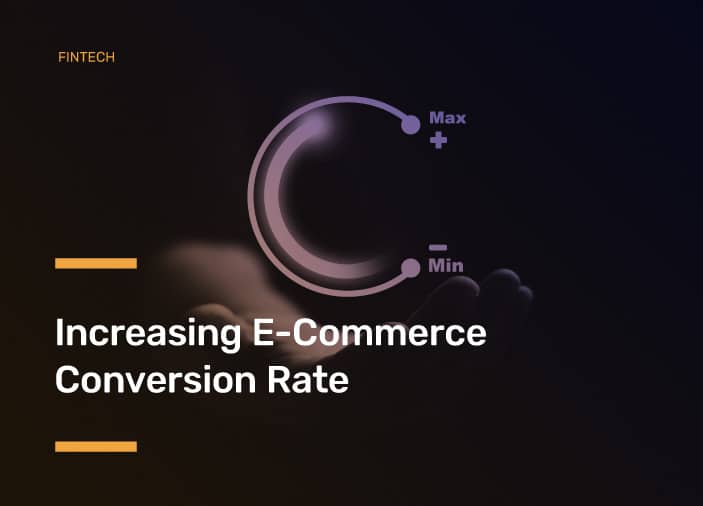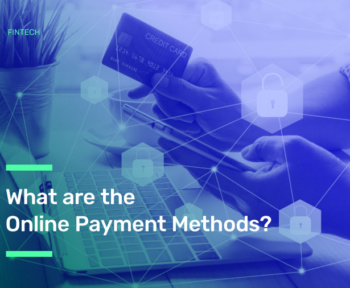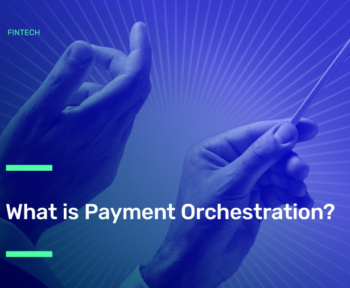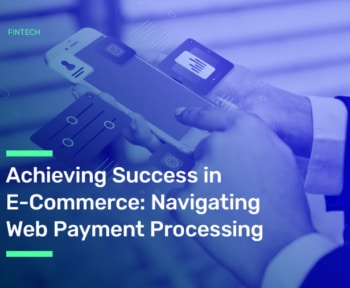
Table of Contents
- User Experience (UX) Enhancement
In an increasingly competitive digital world, there are some requirements for encouraging customers to buy items from your business. Conversion rates are among the most valuable metrics for e-commerce businesses to measure return on investment (ROI). An e-commerce conversion rate shows your website’s success and how to raise your ROI.
You need to take many steps to improve the e-commerce conversion rate, and at the forefront of these are offering personalized experiences, leveraging gamification, enhancing user experience, creating innovative campaigns, and ensuring a seamless payment experience.
Below, we explore key strategies that help boost conversions and discuss optimizing the payment process.

User Experience (UX) Enhancement
A well-designed and intuitive user interface (UI) is one of the most critical factors in improving e-commerce conversion rates. UX encompasses customers’ overall interaction with your website or mobile app, including navigation, product searches, and checkout.
Here’s how improving UX can boost conversions:
- Fast Loading Times: Slow websites lead to higher bounce rates. To avoid this, speed optimization can be helpful.
- Navigation: A straightforward design that allows users to find what they are looking for will result in better engagement and fewer abandoned carts.
- Responsive Design: With a significant portion of e-commerce happening on mobile devices, providing a seamless experience across all screen sizes is essential.
- Visual Cues and CTAs: Strategic use of calls-to-actions (CTAs), progress indicators, and other visual elements can guide users smoothly through the conversion funnel.
Gamification
Incorporating gamification elements can turn a better shopping experience into engaging and encouraging a higher e-commerce conversion rate. Here are some ideas for using gamification:
- Reward Systems: These systems help to offer points, discounts, or badges for completing specific actions such as signing up for a newsletter, referring a friend, or purchasing.
- Limited-Time Challenges: Creating competitions that generate a sense of urgency and excitement, motivating users to complete purchases quickly.
- Promotions: Many brands leverage gamified discounts, such as spinning a wheel to reveal a discount code, making it an interactive experience that leads to conversions.
At this point, you’d better have the closed-loop wallets on your e-commerce platforms.
This way, you can send the relevant points and rewards to your customers’ closed-loop wallet accounts, and they can spend this amount again on your e-commerce platform.
Personalization
Today’s consumers expect a personalized shopping experience. Personalization involves tailoring the shopping journey to individual users based on their preferences, behaviors, and interactions. Some personalization strategies include:
- Product Recommendations: Use AI to analyze browsing and purchase history to recommend relevant products, increasing the likelihood of conversion.
- Dynamic Content: Customize landing pages, email campaigns, and product suggestions based on a user’s demographic data or previous activity on your site.
- Personalized Offers: Offer users customized discounts and promotions based on their shopping behavior, loyalty, or geographic location.

Creative Marketing Campaigns
Innovative marketing campaigns can make your brand stand out and drive more conversions. In today’s competitive world, marketing channels are broader. In this sense, unlike social media, email, or influencer partnerships, newly generated marketing channels, like computer-generated imagery marketing (CGIs), have existed in e-commerce brands’ lives.
To create that kind of relationship with your customers, consider these tactics:
- Storytelling: Create campaigns that resonate emotionally with your audience by sharing the story behind your brand or products.
- Seasonal Campaigns: Design campaigns around holidays or special events, offering time-sensitive promotions that create urgency.
- User-Generated Content (UGC): Encourage customers to share their experiences on social media, rewarding them with discounts or features on your platforms. UGC builds trust and authenticity.
In addition, focusing on emotional moments to build a connection with consumers has become one of the most effective marketing strategies of recent times. Encouraging customers’ emotional journeys has the potential to create a strong sense of sympathy toward your brand. Consider positioning yourself during meaningful moments, allowing consumers to form a deeper bond with your brand.
Optimizing the Payment Process for Better Conversion Rates
After considering the main strategies to boost the conversion rate, we can explore the most critical touchpoints in the customer journey: the payment process.
An optimized payment experience is often the final determinant of whether a customer completes a purchase or abandons their cart. At this point, to optimize the e-commerce conversion rate, you need to take a few steps in your payment process:
Offering Multiple Payment Methods
Today, customers expect flexibility and choice, and if their preferred payment method isn’t available, it could lead to lost sales, which is a loss of income.
To prevent this, you can expand your payment options and collaborate with different payment providers to offer your customers more variety. For example, partnering with digital wallets and BNPL solutions, widely preferred among young consumers, can help you reach a more extensive customer base.
Ensuring User-Friendly Checkout Experience
Mobile commerce continues to grow, and unfortunately, a poorly optimized mobile payment process can lead to higher cart abandonment rates. To improve mobile conversions:
- Ensure your checkout form is responsive and user-friendly on smaller screens.
- The input entry areas for cardholder name, card number, expiry date, and CVV should be optimized with the validation rules (if the area accepts a numeric entry for cardholder name, it will be a validation error).
- Ensure that your brand’s checkout process is short, simple, and free from distracting elements.
Tokenization: Enhancing Security and Trust
Tokenization is a leading technology for improving security and user experience during payment. Businesses can securely store and process transactions without exposing actual payment data by replacing sensitive payment details, such as card numbers, with unique, randomly generated tokens. This method should be PCI-DSS compliant, ensuring that companies apply the industry standards for card storage security.
Tokenized cards allow for a more streamlined checkout, especially for customers who don’t need to re-enter their payment details. This reduces friction and improves the likelihood of recurring purchases.
Closed-Loop Wallets: Promoting Loyalty and Convenience
Closed-loop wallets are systems where customers can store funds, points, or rewards within a specific ecosystem, such as an e-commerce platform. These wallets enable your users to make quick, seamless payments without needing to re-enter their card details, providing an effortless shopping experience.
Closed-loop wallets also store rewards, points, or cashback, encouraging customers to return and use their accumulated balance. This fast and convenient option helps reduce friction and boost customer loyalty by incentivizing repeat purchases.

Conclusion
Improving e-commerce conversion rate requires a broad scanning. While enhancing user experience, utilizing gamification, and offering personalized shopping experiences can significantly impact customer engagement, optimizing the payment process is also crucial, as a final touchpoint.
By providing multiple payment methods, ensuring mobile optimization, and reducing friction during checkout, businesses can create a seamless, trustworthy, and efficient payment experience that drives conversions.






